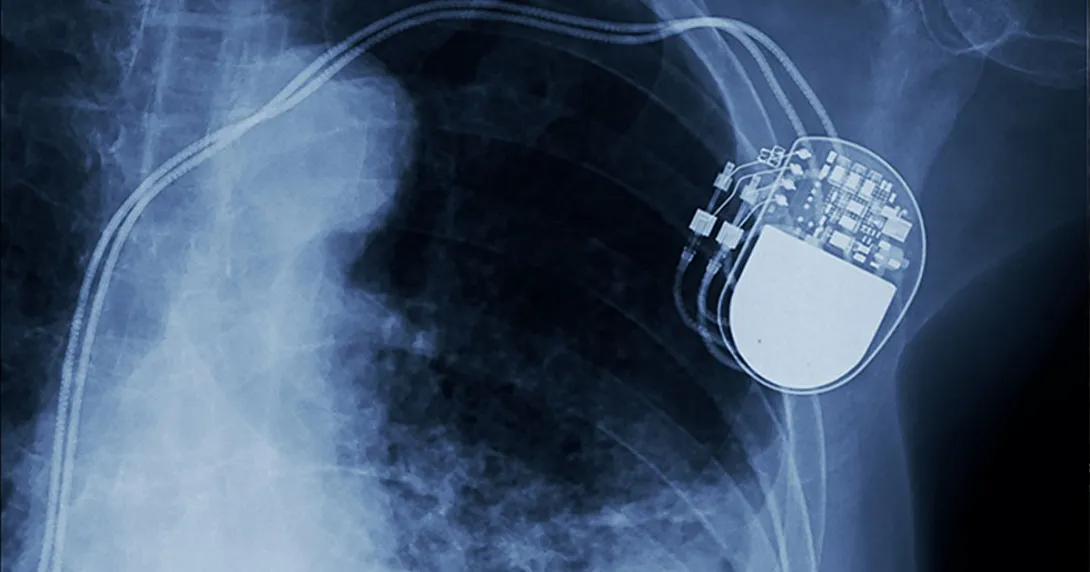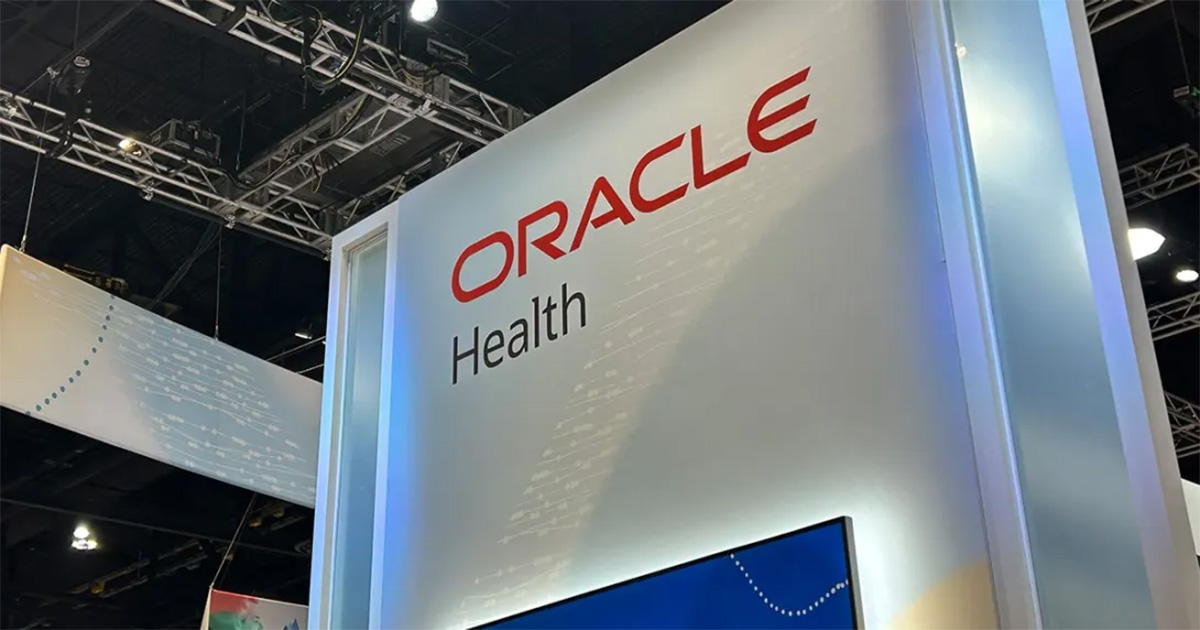Including the patient in their own care new concept for many docs
WASHINGTON – A new study by the Deloitte Center for Health Solutions indicates physicians are not using IT broadly to engage patients. No more than 20 percent of doctors are providing online scheduling or test results for their patients and just 6 percent are using social media to communicate with them, the study reveals.
For its report “Physician Perspectives on Health Information Technology,” Deloitte polled 501 physicians obtained as a random sample from the American Medical Association’s (AMA) master file of physicians.
Harry Greenspun, MD, senior adviser for the Deloitte Center for Health Solutions and lead author of the report, says some parts of the survey demonstrate that physicians accept the value of health IT. Two-thirds of doctors say they use some form of electronic records to manage clinical information and a similar number believe IT can improve care long term. But, when it comes to using their technology to engage patients and to make it easier to participate in their own healthcare, it’s a different story.
The study revealed that providers seem to lag other industries in using IT to engage consumers despite growing demand. A 2011 survey by Deloitte showed growing consumer interest for secure messaging, access to personal health records and remote monitoring. Moreover, consumers trust information from physicians more than from employers or insurance companies, according to the survey, creating an edge for physician groups to gain market share via online engagement.
“The voice of physicians today seems to have two components: one that accepts the value of information technology to improve quality and safety of care and another that expresses concern over its cost and potential to disrupt how they practice,” says Greenspun. “This dissonance is one reason why IT is not further entrenched in our healthcare system.”
Patient engagement is integral to Joseph Kvedar, MD’s work as director of the Center for Connected Health in Boston. But the results of the Deloitte study do not surprise him.
“In my experience, the adoption of technology has to do with the psychology of how experts behave in economies built around the vending of expert knowledge,” he says. “I’m guessing that a similar report could have been written about the reaction of travel agents, 12 or so years ago, when booking travel went online, and maybe even bank tellers, 40 years ago, when ATMs took hold.”
As Kvedar sees it, most physicians are reluctant to disrupt their workflow.
“Physicians are comfortable in a setting where they are the experts and where they control the flow of information. Their workflow is built around maximizing the number of patient interactions each day and their perceived value is built around their expert knowledge. Patient-facing IT tools disrupt both of these concepts, so health IT is bound to be perceived by physicians as either a nuisance or even potentially a drag on quality.”
John Loonsk, MD, vice president and chief medical officer at CGI Federal, suggests that physicians might not be providing the types of services patients want.
“From the perspective of the patient, a lot of HIT falls flat because it tries to connect to care that is loosely organized and provider oriented,” he writes in a recent commentary about accountable care organizations in Healthcare IT News. “Tethered PHRs generally have the best and easiest access to patient data and services. They can provide additional high-value services like secure patient-provider email, scheduling, and lab result access. These could be strong drivers for patient engagement, he suggests.
Slow going or not, the government’s proposed rule for meaningful use Stage 2 includes what some view as ambitious requirements for giving patients access to information.
For example, not only would physicians be required to provide patients electronic access to their information, but also they would be required to use secure electronic messaging to communicate relevant information to 10 percent of patients during the reporting period for Stage 2.
In spite Deloitte’s findings, Kvedar is optimistic.
“Although slow going,” he says, “I am very encouraged to see the gradual but growing adoption of technology by healthcare providers who are realizing its benefits to effectively and efficiently manage care, and engage patients in their health and wellness.


